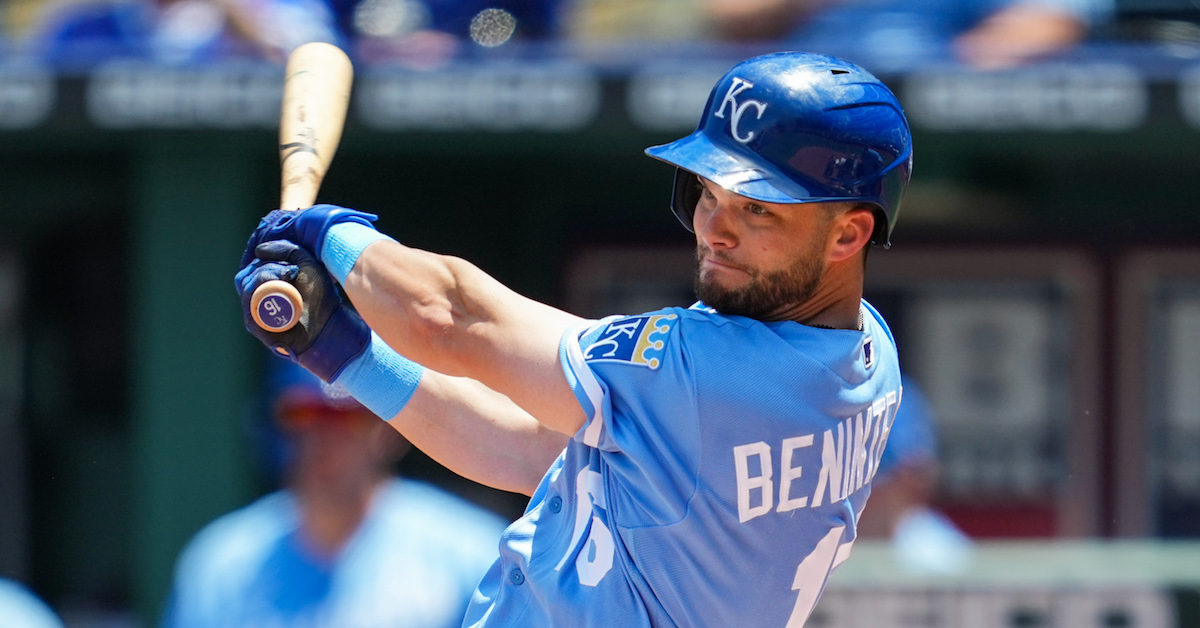The Yankees Add Andrew Benintendi To Stabilize the Outfield

The New York Yankees added outfield help on Wednesday night, closing a deal with the Kansas City Royals to acquire outfielder Andrew Benintendi in return for three lower-level pitching prospects. Coming off his first career All-Star appearance, Benintendi is having what is easily his best season since 2018, fortunate timing for him given that he’ll hit free agency for the first time this fall. In 93 games for the Royals, Benintendi has hit .320/.387/.398 for a career-best 126 wRC+, and his 2 WAR already makes 2022 his second-best full season.
It would be hard to argue that much has gone wrong for the Bronx Bombers in 2022 — even after a month of .500 ball, the Yankees remain on a 108-win pace. But I doubt anyone would claim that Joey Gallo’s annus horribilis is what they had in mind when they sent four prospects to the Rangers for him and Joely Rodríguez almost exactly a year ago. Over his time in New York, Gallo has hit .160/.293/.371, good for an 89 wRC+ and 0.9 WAR. While that’s a pretty robust line for a .160 average, secondary skills can only go so far. There was an argument to be made that Gallo’s lousy stint at the end of 2021 was a BABIP-related blip, but this year, his approach at the plate has completely fallen apart. Always a brutally poor contact hitter, Gallo has to be selective to survive, and in what might be him reacting to his poor August/September last year, he’s been aggressive at the plate in a bad way. How bad? He’s been about 80% more likely to swing at an out-of-zone pitch than he was in 2021 — not a great approach when you miss as often as Gallo does. Even his exit velocity numbers have dropped off the charts. Gallo’s not officially gone yet, but I’d be astonished if he’s Benintendi’s teammate for more than a few days. Read the rest of this entry »






